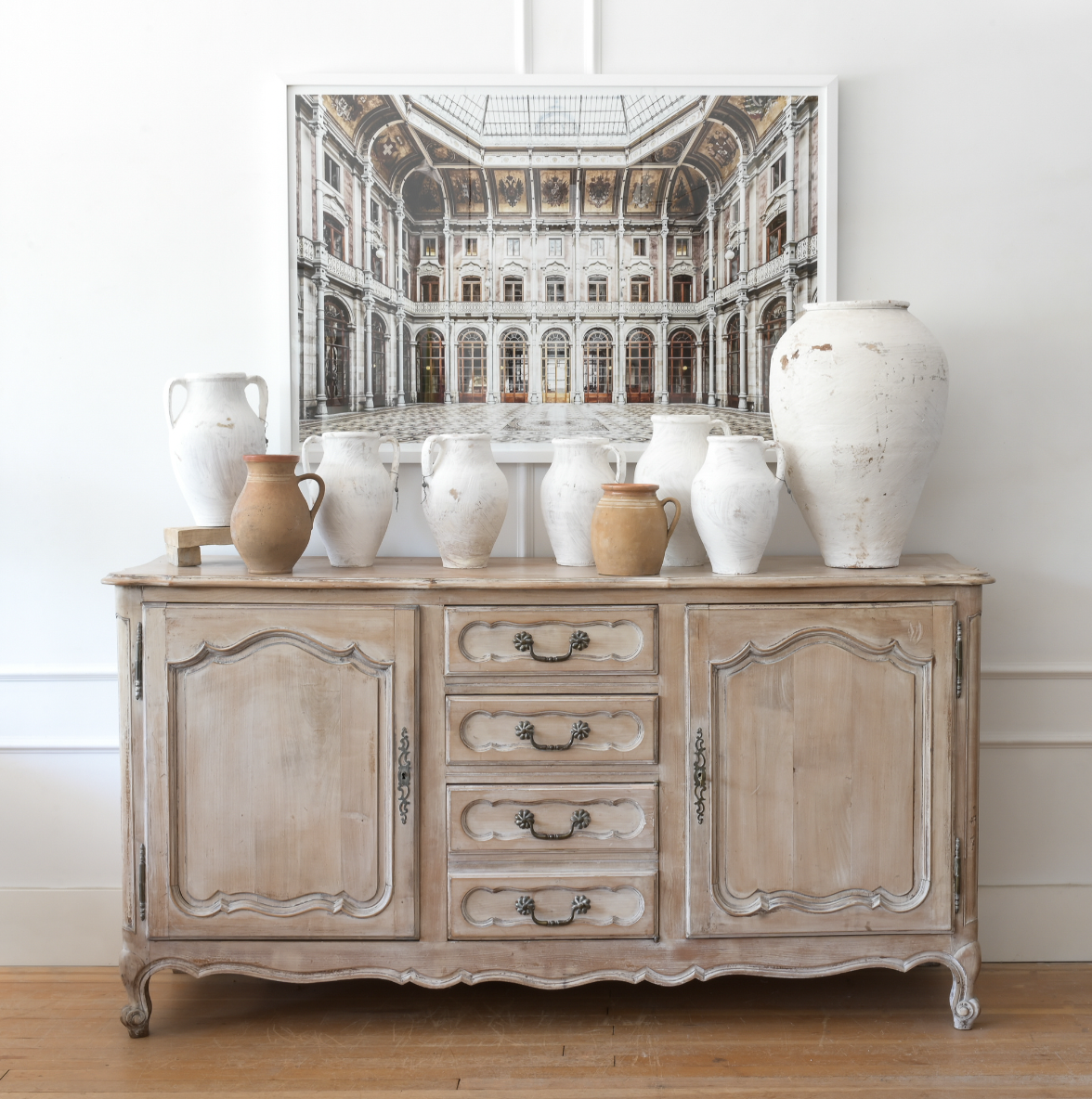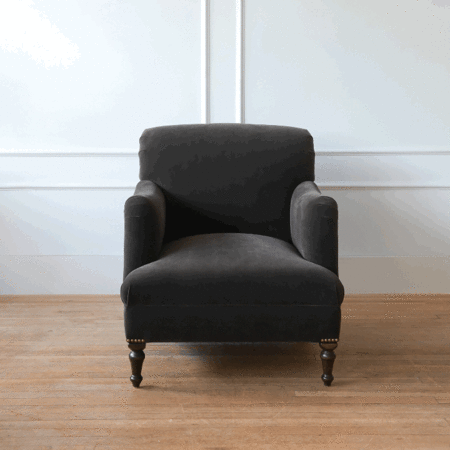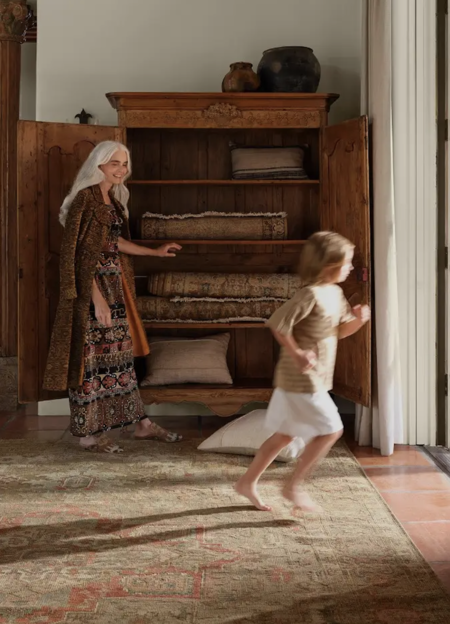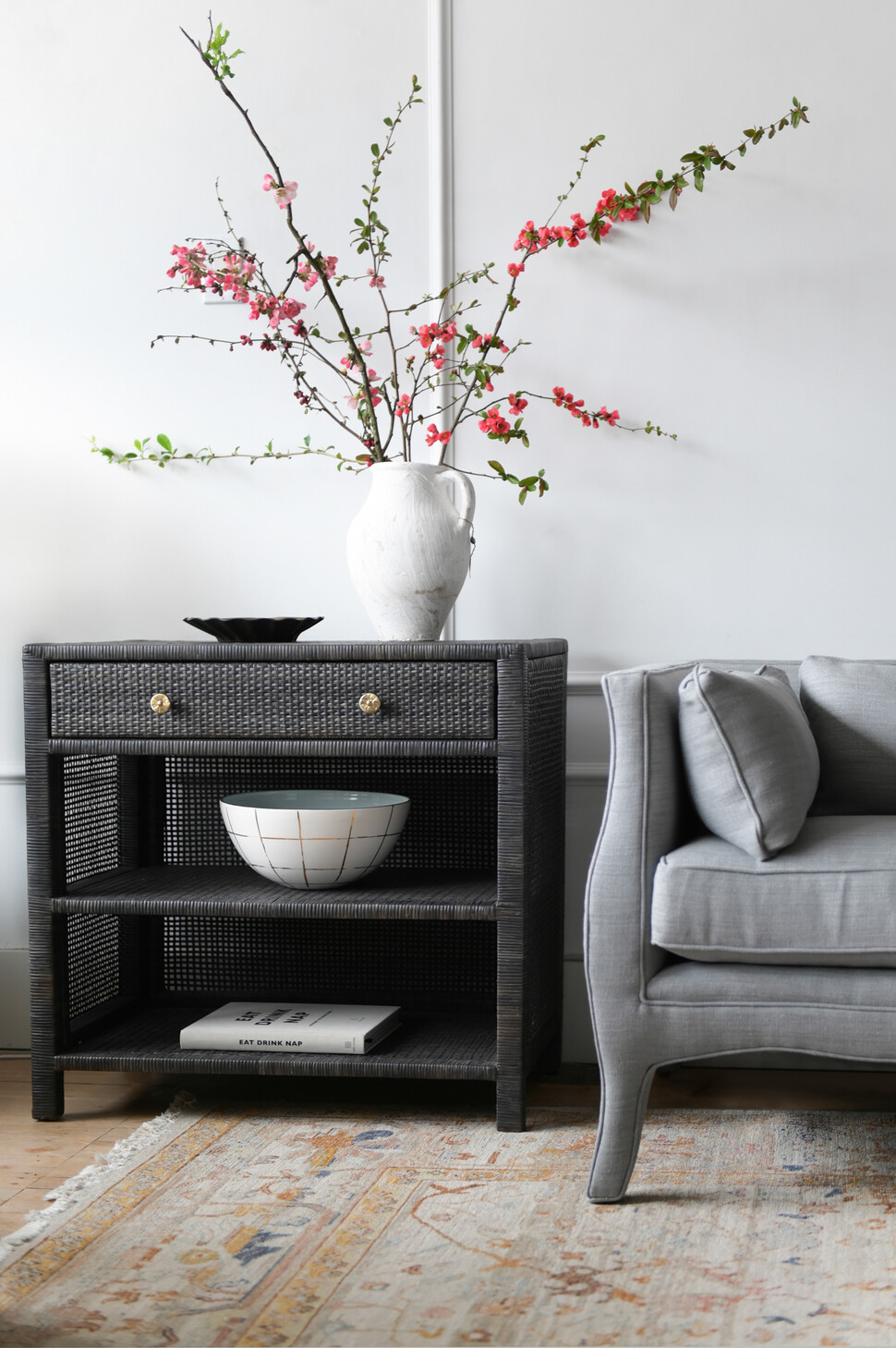
As anyone who has been shopping lately knows, finding good quality antique or new furniture are both challenging, but in different ways. Finding antiques is like treasure hunting. You never know what you're going to find and where. Literally, you need to always keep eyes and ears open and explore. When we are sourcing antique furniture for Gild & Co. we more than just need to like it; the furnishings we choose also need to be sellable. We ask ourself, is there a market for it? Can someone use this in their home? Is the scale good for modern spaces? Etc. Often our heart-strings are pulled by something so beautiful or unique that we cannot say no to it. We need to trust that if we invest to bring it to Vancouver there will eventually be someone here who feels the same. We have a few pieces in the store right now in this "heart-string-pulling" category including, but not limited to, the Antique French Bibliotheque Cabinet, our 14' Ancient Timbers Trestle Table and the 19th Century Tile-Top Island from Normandy France. All are exceptional and unique pieces. Until they find their new owners we will enjoy them and use them as guidance in understanding new furniture.

Selling antique furniture has made us extremely picky when selecting new furniture for the store. Many pieces of antique furniture (that are still in existence today) were built at a time of exceptional craftsmanship. People had more time to develop their craft, often dedicating an entire life to learning how to build furniture. The access to raw materials and superior hardwoods was much different than today. A few hundred years ago there was an abundance of beautiful woods in Europe like oak, walnut and fruit woods. Sadly using these woods to build furniture was not sustainable (especially since re-planting the trees was not much considered). New furniture makers do not have affordable access to these kinds of woods, making antique pieces even more special and cherish-able.
Things we are looking for when sourcing new furniture, lightings and rugs for Gild & Co. are:
1) Real metal finishes. While especially important with lighting (as much of a light fixture's beauty will be from the finish), it also includes knobs, handles, other hardware and furniture made of metal. Aluminum is an inexpensive metal that is often painted to look like brass, bronze, chrome or nickel. However, it does not last as long in beauty and functionality (think chipping metal furniture), and often results in needing replacement or being turfed in a few years.
Tip: A good way to know if metal furniture is aluminum is its weight. Aluminum is very lightweight so an aluminum table will be easily tipped because it does not have the weight to hold it steady. Our Drinks Tables are made of iron with marble tops. These tables are tiny in size yet mighty in weight. Most new or inexpensive tables of this size will be made of aluminum and easily tip over if bumped.
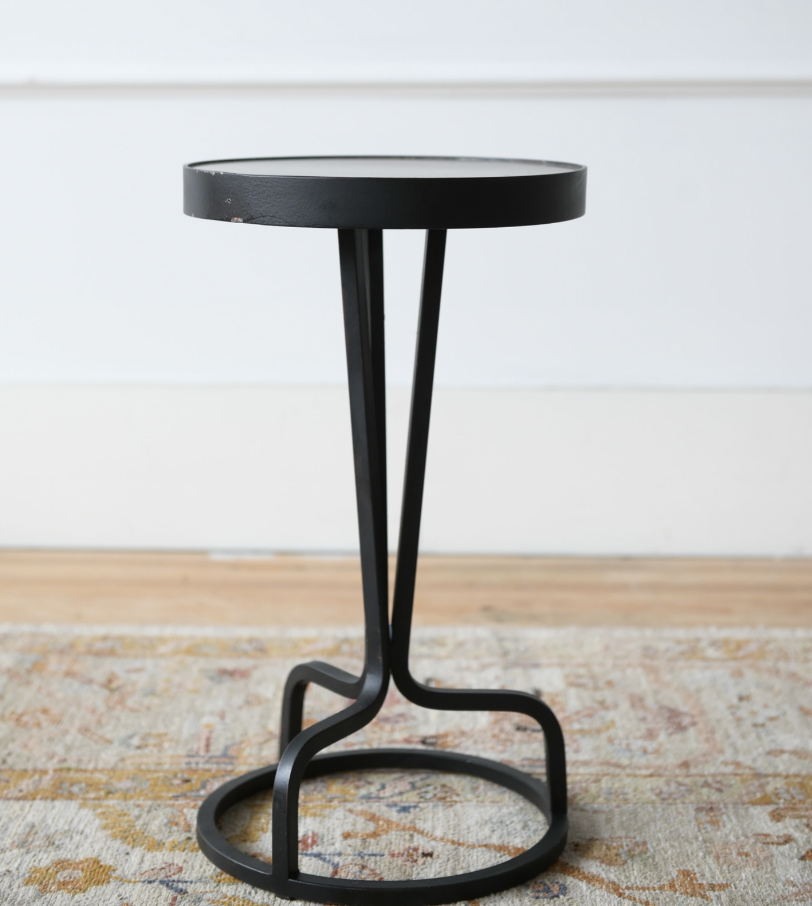
2) Natural materials like good-quality leather, wood, rattan, wool, and jute wear beautifully. Polyester does not (full-stop). Polyester is called a lot of fancy marketing names (like "performance fabric") but it is plastic. Polyester and plastics do have a place in our lives (don't get me wrong, I do not believe we can or should live a polyester or plastic-free life); however, from what I have found is that natural materials wear better and are better to live with than non-natural materials. Not all natural materials are more durable than a synthetic. Durability of any material will depend on how it is manufactured and what qualities we are striving for from said material. As an example jute or sisal rugs will wear over time but ow quickly will depend on how they are manufactured: the look and style of the weave and the quality of the raw jute or sisal used. A looser weave of any material rug will wear faster than a tightly woven counterpart.
Looking wool rugs as an example. The following wool rugs are shown in order of durability and of tightness of their weave. The Niels is very soft and better suited in a bedroom or lower foot traffic space. Malta is a mid-point rug that would need an underlay in busy households. The Someplace in Time rug is ultra durable, is excellent in homes with pets and kids, and will easily outlive anyone reading this today.
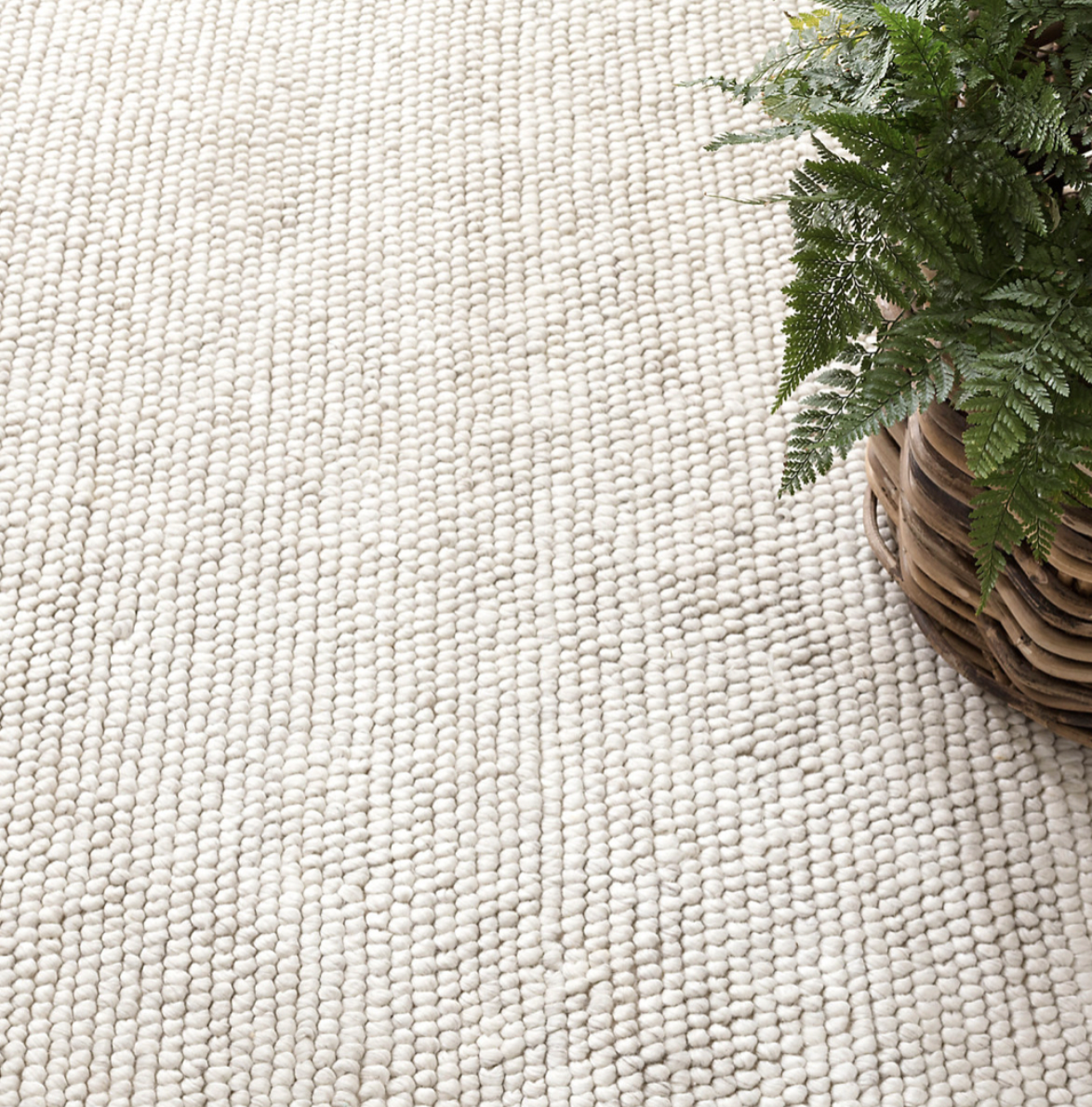
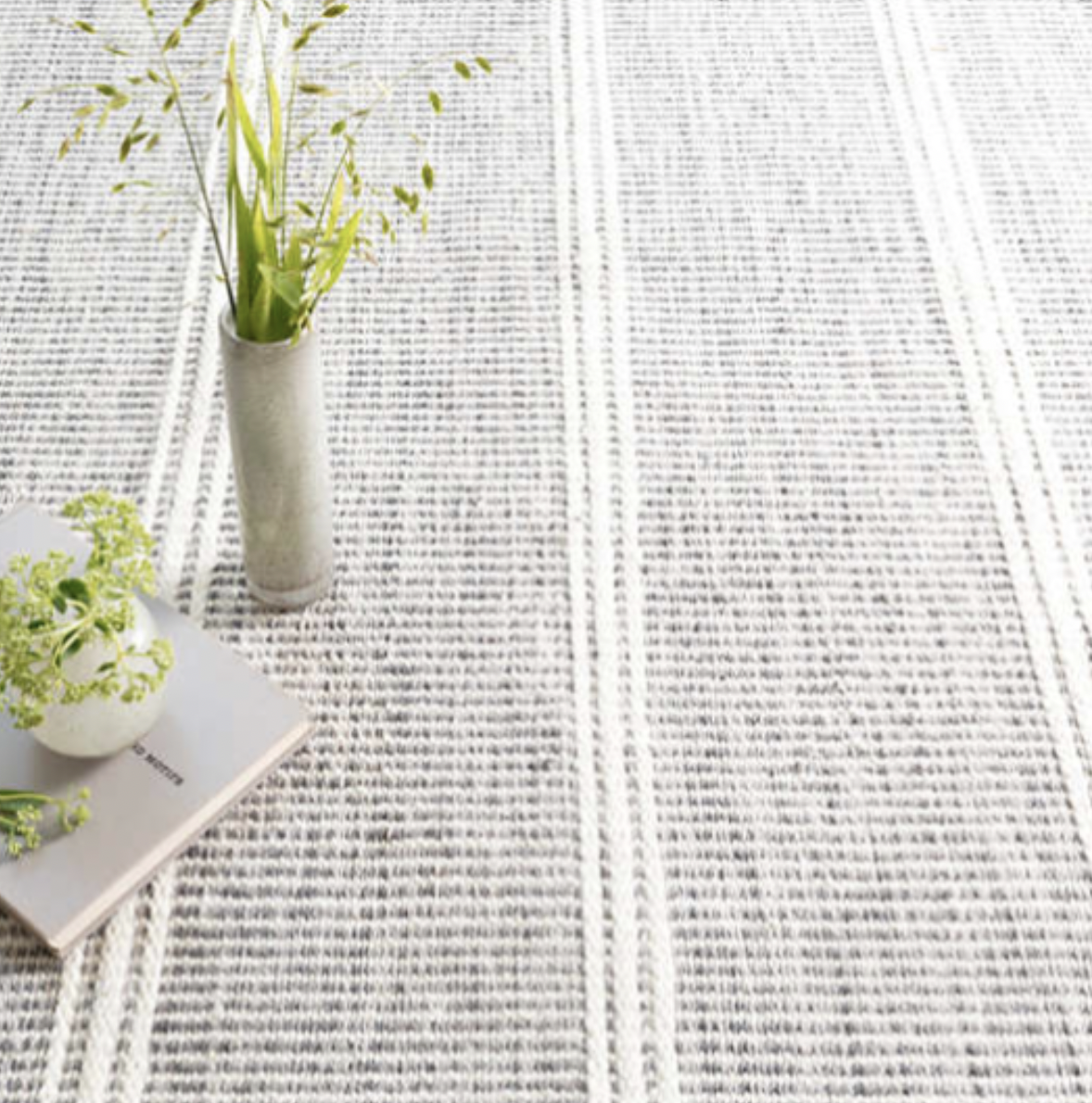
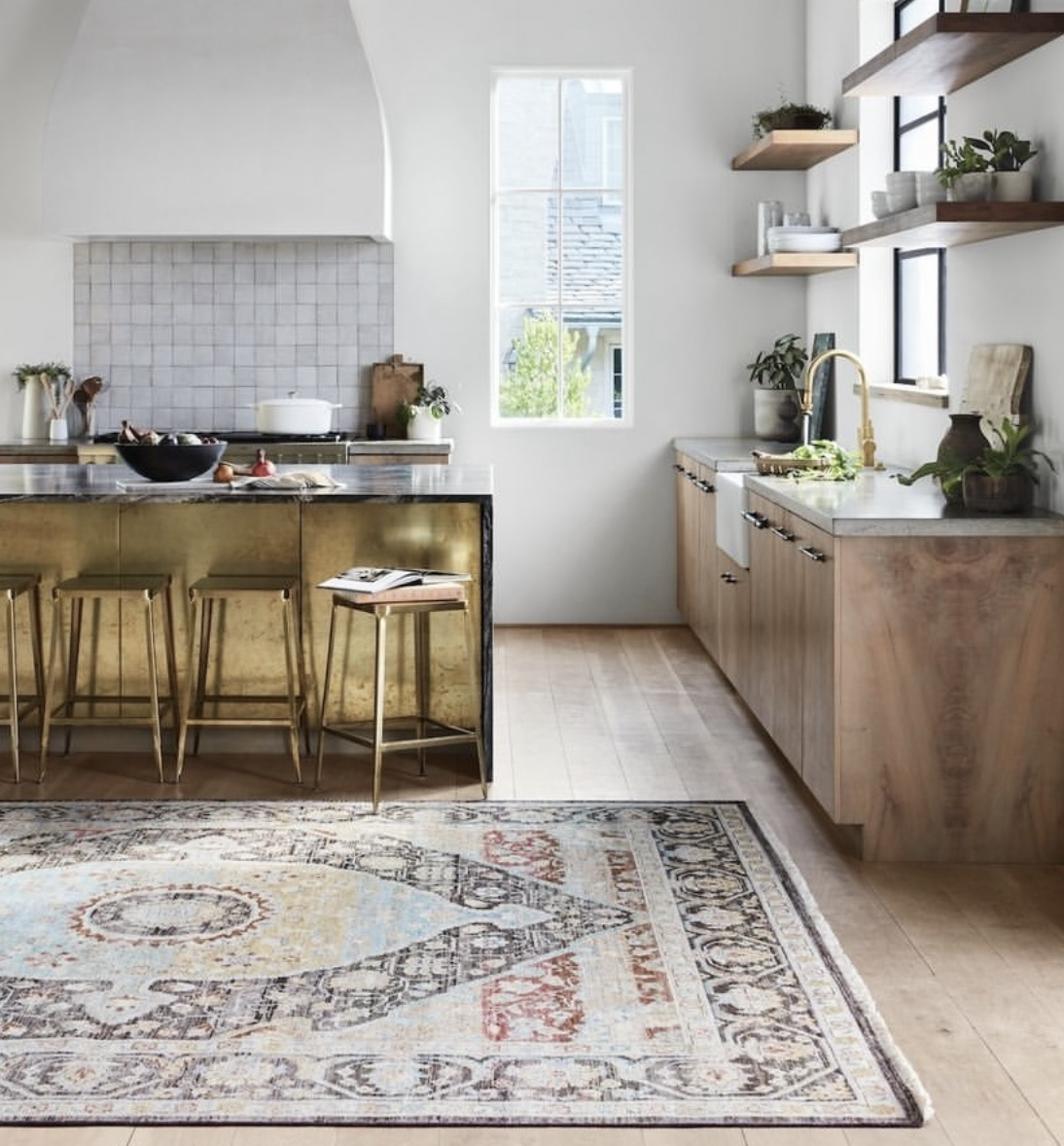
So we not only look at what an item is made of, we also consider how it will be used and what are our expectations of the item.
3) Wood. This is a tricky one because a lot new furniture on the market is made from either softwoods or composite woods. Composite woods are made with wood bi-products mixed with adhesives or resins. They have similar properties to hardwoods, like strength and weight, and are much more affordable than hardwoods but the adhesives or resins used to make them may contain chemicals. Composite materials are also often very sustainable. Softwoods, on the other hand, are solid wood but they are not as durable and often not harvested in a sustainable or ethical manner.
The new wood furniture that we bring to Gild & Co. is measured against antique furniture. It may not be exactly the same (since new furniture made of authentic European hardwoods almost does not exist or would be extraordinarily expensive) but it must be of comparable quality and durability/longevity. When vetting new wood furniture suppliers we are very mindful to do business only with companies that have similar ethical and environmental standards as we do, and ensuring that the furniture we sell will last and not become future landfill.
4) Classic shapes and designs. Some furniture is designed to be new and trendy, and it's not that I dislike trends. I love trends and encourage embracing them if that works for you, but perhaps in a smaller or less used room and if you analyze and really know your tastes you should very well jump on a trend if it suits your fancy. That trendy item or style may give you joy for a very long time. For instance, a non-neutral sofa. If you love colour and know you will continue to love it. Why not have a yellow or pink sofa? I would shy away from an all-trend house. Classic shapes and form add great structure and timelessness.
For instance these mid century olive wood tables we had a couple years ago at the store. They are classic in shape and design. These would fit in a modern or more traditional home. They are great design. They are perfectly 25" square and the vertical posts are all exactly the same thickness. This symmetry gives them classical design and proportions. Bonus points for these tables is that they can be used together as a coffee table or split apart and used as side tables. Olive wood is also exceptionally rare and beautiful. These tables were total gems. I'm happy friends of ours bought them so I get to visit them now and then.
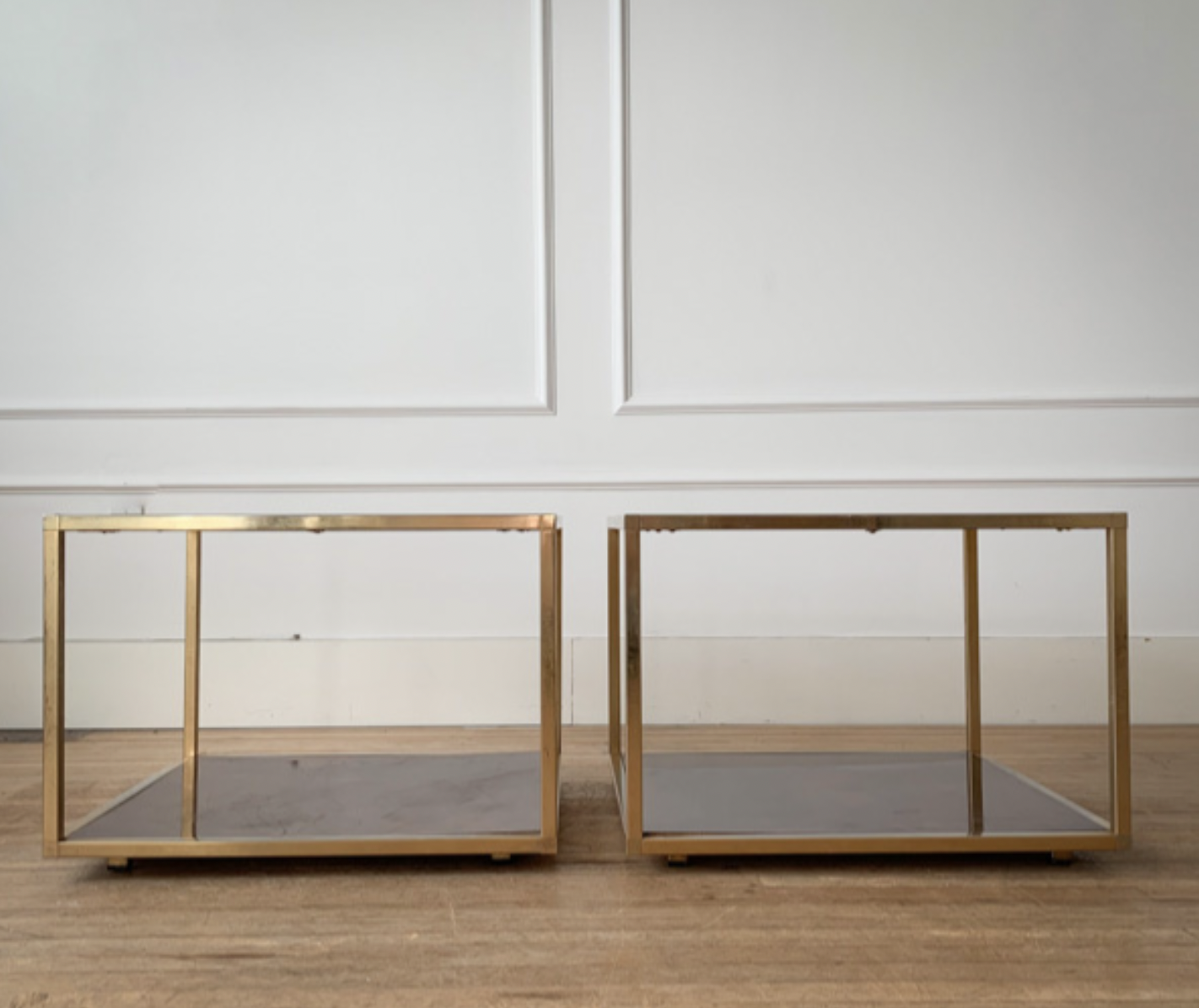
Another example is the Conrad series of furniture. The shape of these dressers is elegant with a simple tapered leg. The knobs are small and aged brass, which could easily be changed for a slightly different look in the future.

The Isla desk is on trend and classical. On trend because it is made of natural peeled rattan and rattan is having a huge moment right now, but also classical because of its simple form. On a side note, for me rattan is a timeless trend. I have always loved rattan, and I know I will love this desk for many years.
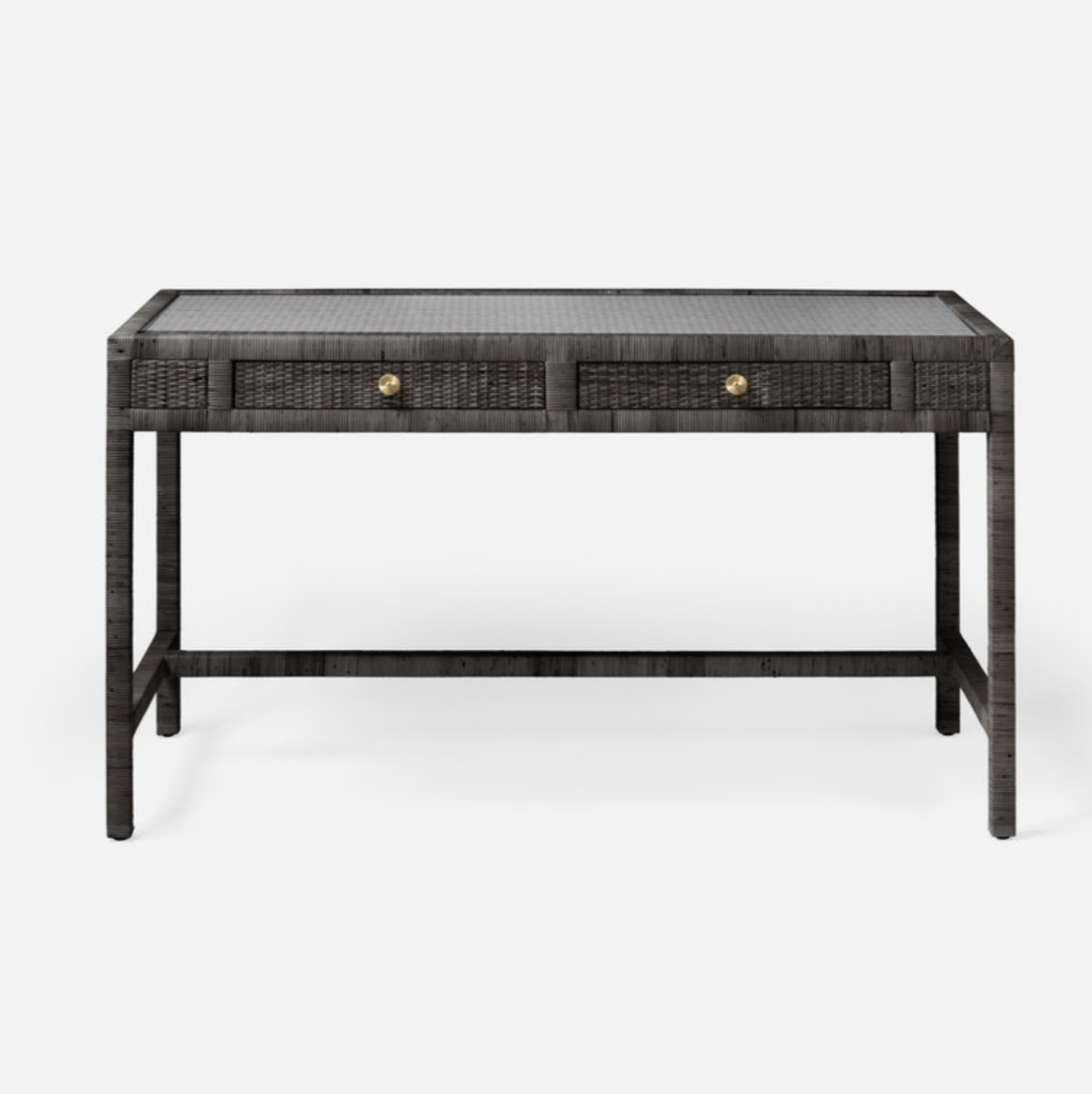
Classic design doesn't have to mean straight angles. Classic can also be designs that are from a different time period that are still available or re-made today, like the Paris rattan chair coming June 2023 on our container from Europe, which was originally designed in the 1920s.
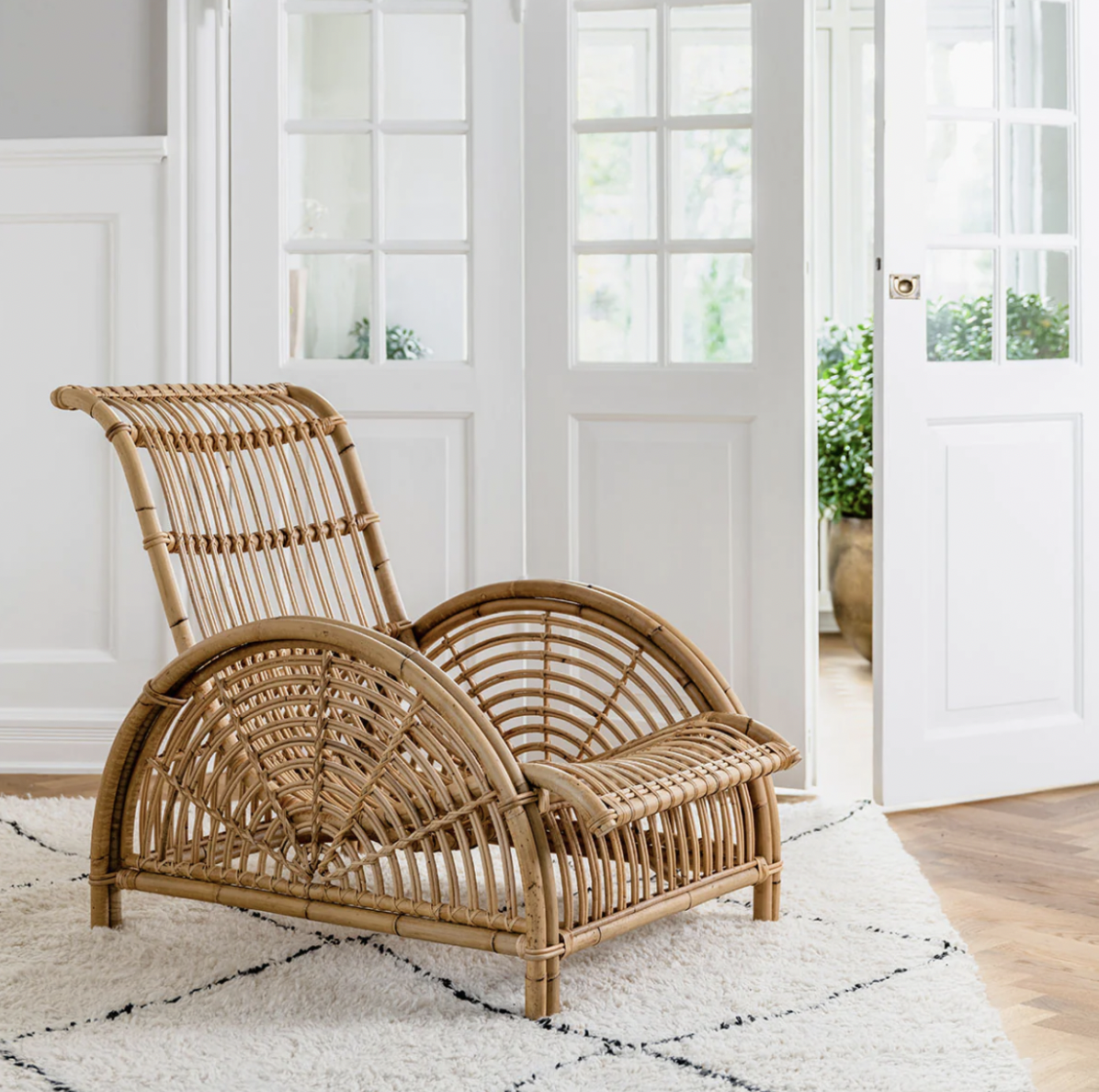
Or the bentwood chair that has been made for many years.
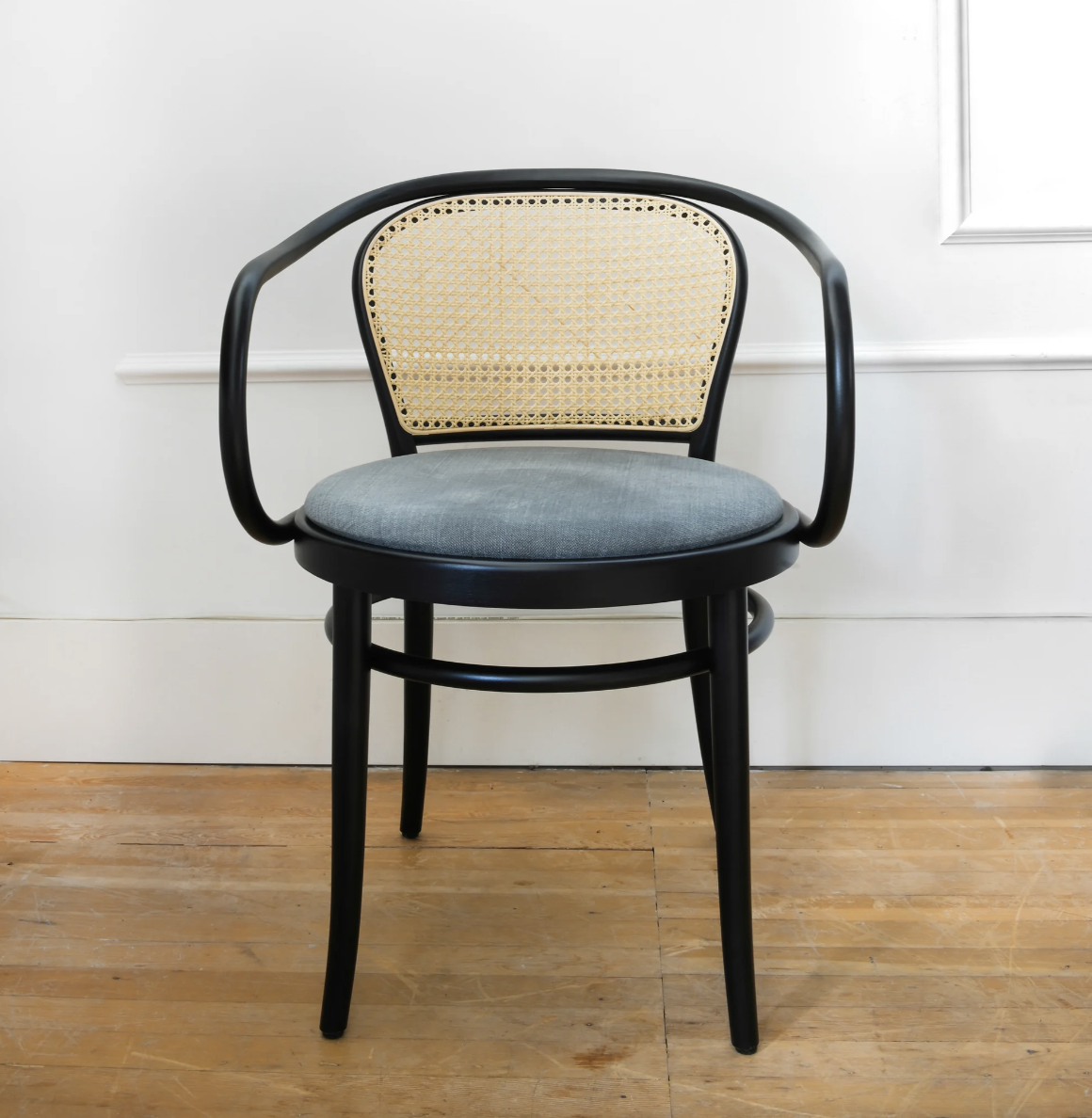
Or the Monet lounge chair that is new and coming to Gild in June 2023 has a much more modern design that I still find classical with a timeless appeal.
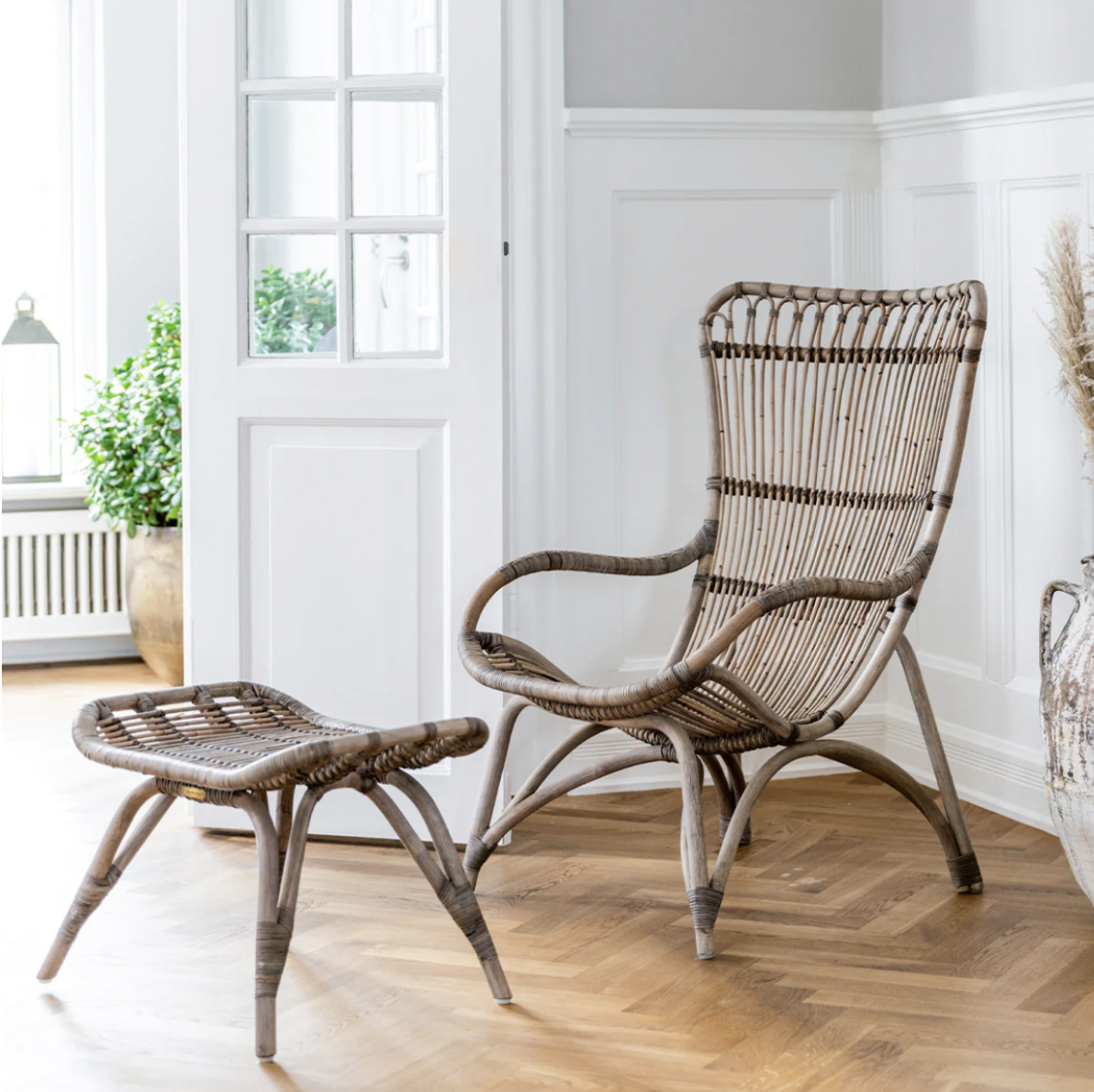
Two of the classical designs that we manufacture are an English rollarm sofa, our Cotswolds Sofa, and the Gibby Chair. Both shapes are classical with timeless appeal. Changes that make them feel current is the fabric and finishing details, like tapered or turned legs, velvet or chintz, you get the idea.
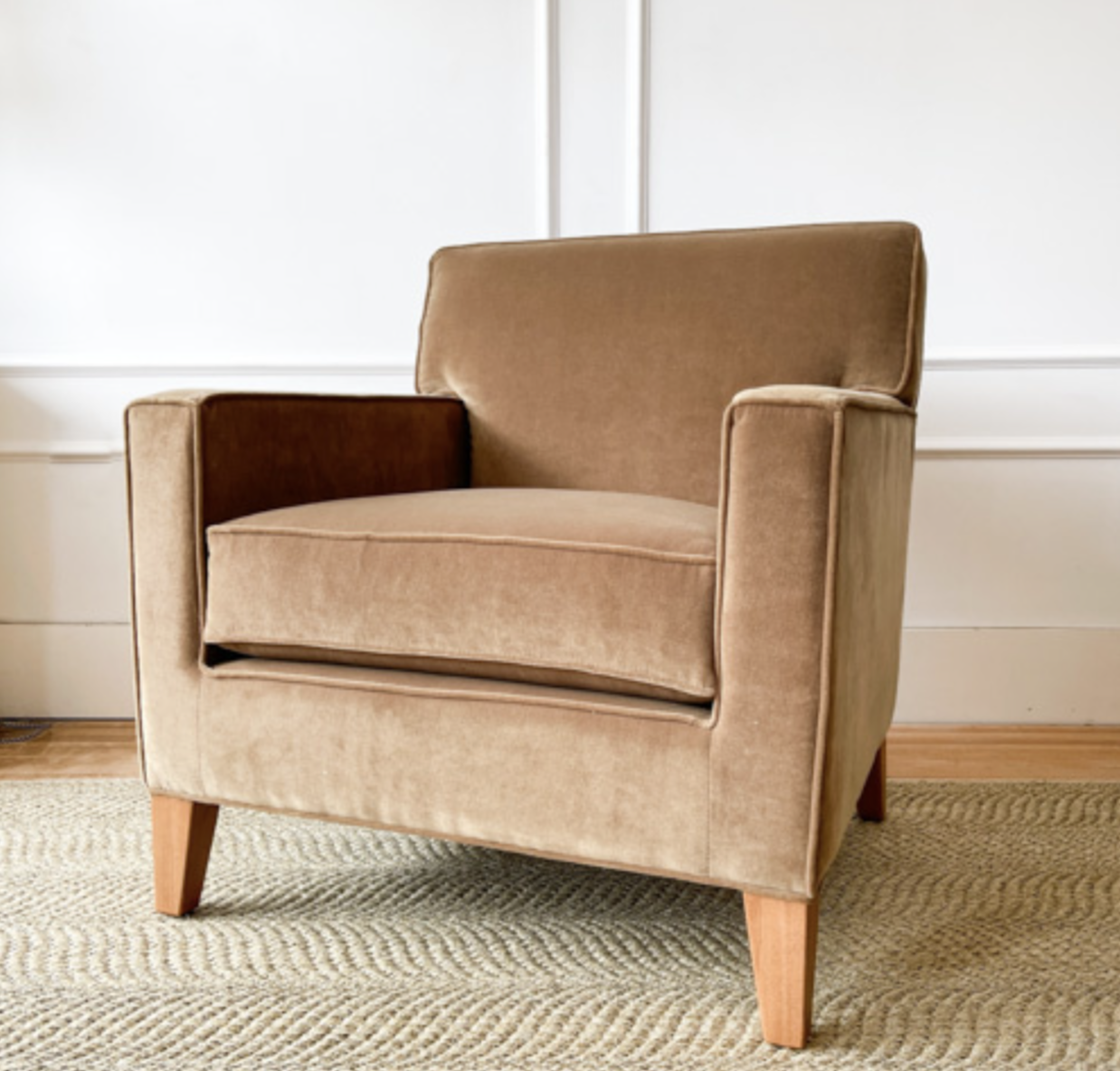
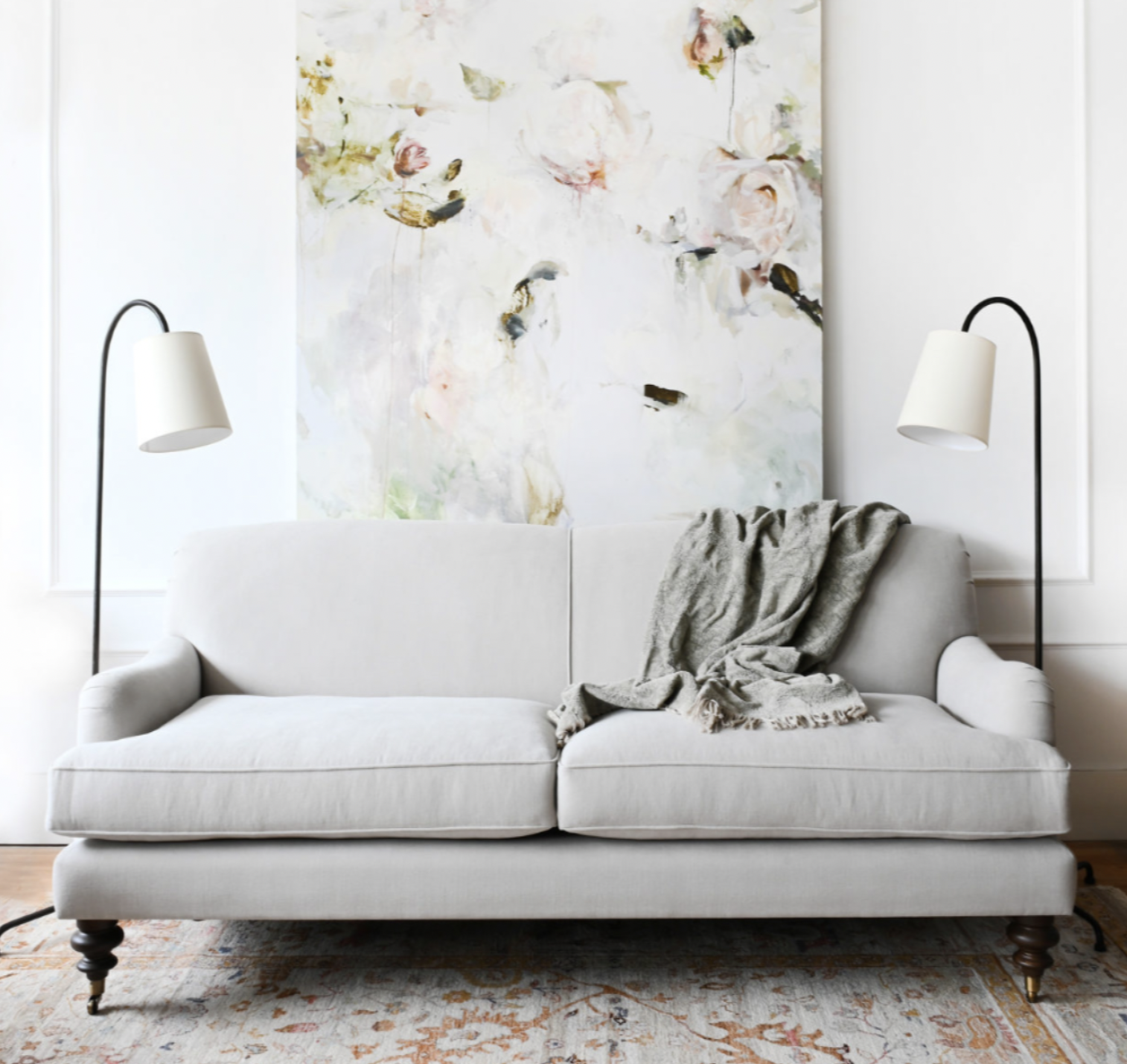
"Classic" vs. "traditional". While these styles have similarities they are not the same thing. When I say we are looking for classical designs and styles, it does not mean traditional designs. Traditional is often more ornate, whereas classic is simpler, more elegant or streamlined. For example, imagine a "traditional" wedding dress with lots of lace and crinoline vs. a "classic" wedding dress that may have some lace and a a little bit of crinoline but would be less fussy than the traditional dress. Traditional furniture is not bad, but for contemporary relaxed living it may need to be toned down or balanced with simpler elements.
For instance, the Bunny Williams Home Red Tape Bench has more traditional style legs but it's red tape and natural linen upholstery modernize it so it feels fresh.
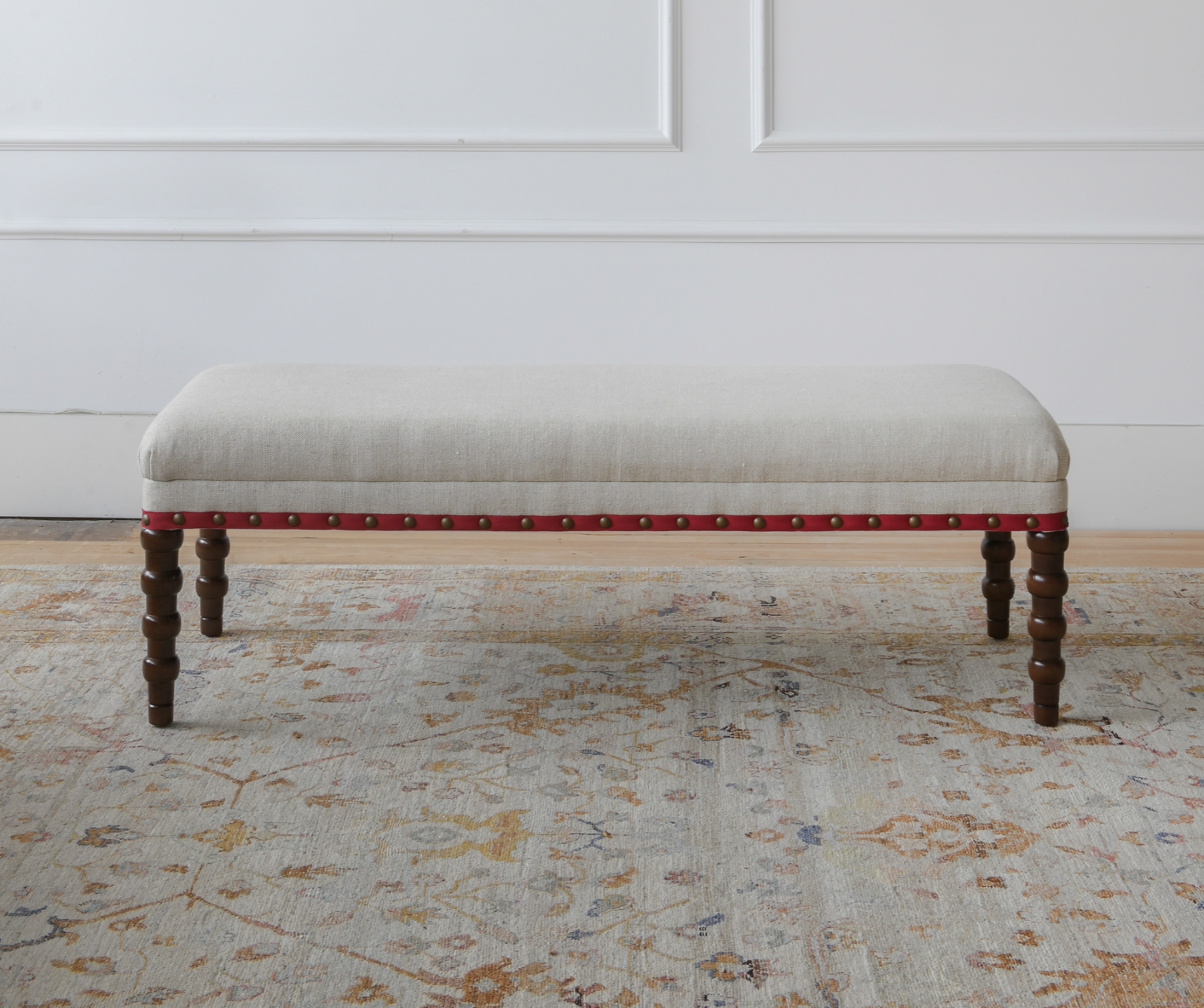
And back to my cover photo for this blog post. The Antique Walnut Enfilade is definitely traditional in style. However, it's lime-wash finish gives it a softer look than a dark brown stain finish. The lime-washing makes it feel fresh, modern and with an unpretentious coastal vibe. This amazing piece also gets major bonus points for 1) being made of walnut, which is know for it's strength and gorgeous fine grain, and 2) all the carved flourishes were done by hand and would be nearly impossible to replicate today because of the time and skilled labour needed.
